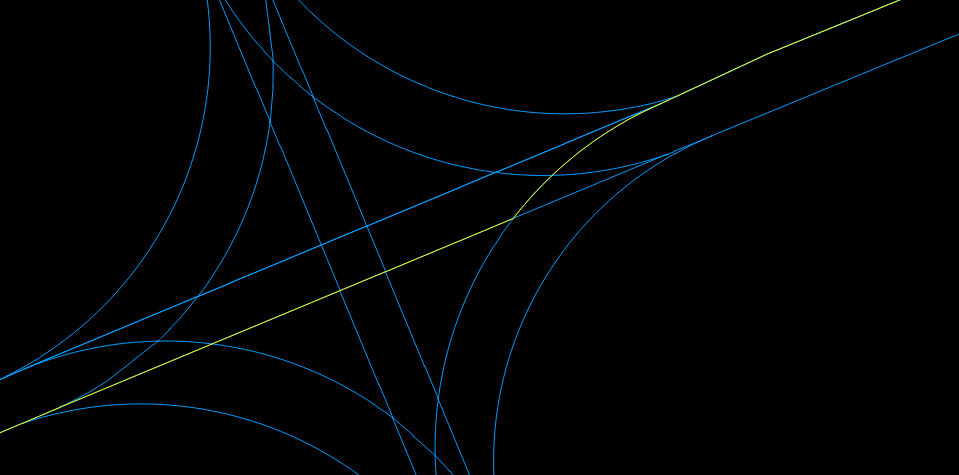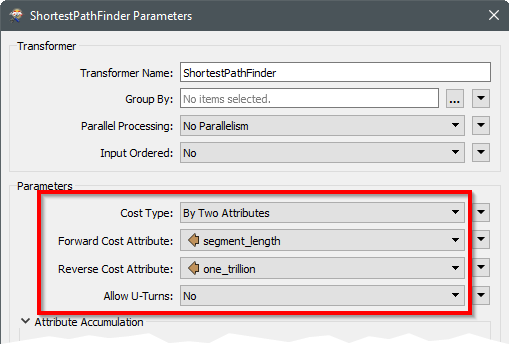Hi!
I am trying to restrict the ShortestPathFinder from taking turns with a certain arc radius.
The reason is that the network is a rail network and so sometimes the transformer chooses routes that are impossible.
Would really appreciate any thoughts.







